Description
Introducing the book Nirangistan by Sadegh Hedayat
Nirangistan is a book about the customs and superstitions common among Iranians that have been piled on top of each other throughout history and people seem to be buried under them. These are like cartoons woven on people’s hands and feet and getting rid of them, even if someone wants to do it, is simply not possible. These as a whole, and since they can seldom be separated into good and bad, are generally cumbersome and suffocating.
Perhaps one of the nations that has the most volume of these tricks is Iran. Because throughout history, different ethnic groups have come here and stayed here and gave birth while conquering the country. Each of these tribes brought with them whatever they had and scattered here. They are now Iranians and we call these superstitions Iranians.
Hedayat quotes Hegel as saying:
Regarding the emergence of superstitions and myths among the early tribes, their origin and principles all arise from a natural need that appears as the principle of cause and effect in rational laws, and especially these superstitions due to natural disasters such as lightning and Earthquakes, eclipses, eclipses, etc., which produce fear or danger. The necessity of the existence of these natural disasters, which are condemned by the law of cause and effect, has been proved to the early peoples, and it is said that they inherited this quality from their own ancestors – the great apes. He also cites the existence of superstitions, which are mostly caused by fear, in animals.

What is remarkable is that not only did the foreign nations bring a lot of superstitions to Iran, but they also tried to destroy the works of Iran by alienating what was of Iranian origin. For example, Alexander the Greek, who became famous in Iranian literature, is the same person whom the Iranians called accursed. After Islam, he took the form of the prophet of truth.
When we compare Alexander and Rustam with each other, we will see that most of the fake legends attributed to Alexander are not dissimilar to the story of Rustam. Rostam is his own white demon and Alexander is translated by the Arabs as Dhu al-Qarnayn.
In the past, the bow of the bow or bow was known as the bow of Rostam, and there are many such intrusions and seizures that have distorted the Iranian myths and historical monuments and painted a foreign face on it. Like the relation of the tomb of Suleiman’s mother to the tomb of Cyrus in Murghab and giving the title of Divind to Suleiman, if from all the evidence at hand, Tahmurth is known as Deoband, and the relation of this power to Suleiman is a pure forgery. In the manuscript of Absal and Salaman (Salaman and Absal!) He writes: “Sulayman Ibn Daud was one of the prophets of Israel. After Moses and before Jesus, neither in the Torah nor in the Bible is there any mention of demons or rings, Solomon’s Persian….
Sadegh Hedayat’s thoughts and ideas and writings are more famous than they can be recalled. The issues discussed about this work have also been brought into its introduction with ease and special beauty.
Many of the points of this article can now be clearly found in the works and novels of Hedayat. However, it may be necessary to say a few points. Inside the Pahlavi and Pazand literature, there is an example called Nirangistan, where a piece of Avestan writings with a Pahlavi report and description has been collected. Trick is the Pahlavi word with the meaning of religious ritual and secret and need and prayer. The Persians used the Gujarati word giria instead of this word.
Abstract
The book Nirangistan is a dictionary of folklore. Sadegh Hedayat has used Pahlavi scripts to write this book. This book deals with the roots and history of some cultural practices in ancient Iran. Marriage etiquette, birth-related customs, dream interpretation, are the roots of some celebrations, folk tales, and so on.
Let us not err in the case of Nirangistan, and let us assume that Nasak contains all illusions, superstitions, and vile thoughts. Because Hedayat praises some of these mirrors in its preface and mentions them as good Iranian relics. He considers these beliefs and ideas as a sign of the anniversary of a people who are very old, have thought a lot and had a lot of poetic thoughts.
This book is classified as a complete culture in several chapters:
Marital rites and ceremonies – History – Pregnant woman – Various beliefs and rituals – Rituals of illnesses – to meet needs – Sleep – Death – Divination caused by organs – Divination, population, death, bird – hours, time, day – General rulings – Practical instructions and rules – a few terms and proverbs – things and their properties – plants and seeds – reptiles and bites – birds and poultry – dove and wood – some ancient festivals – famous places and things – folk tales – various.
Sadegh Hedayat believes that most of these beliefs and rituals entered the Iranian culture because wizards had a great influence during the writing of the Avesta, and the Avesta issued rulings against them, which later became based on common habits, ideas, beliefs and rituals. Because the oldest part of the Avesta is the Ghats and the parts in question are later attached to the Avesta.
1- Introducing the book on YouTube
2- Introducing the book in Aparat

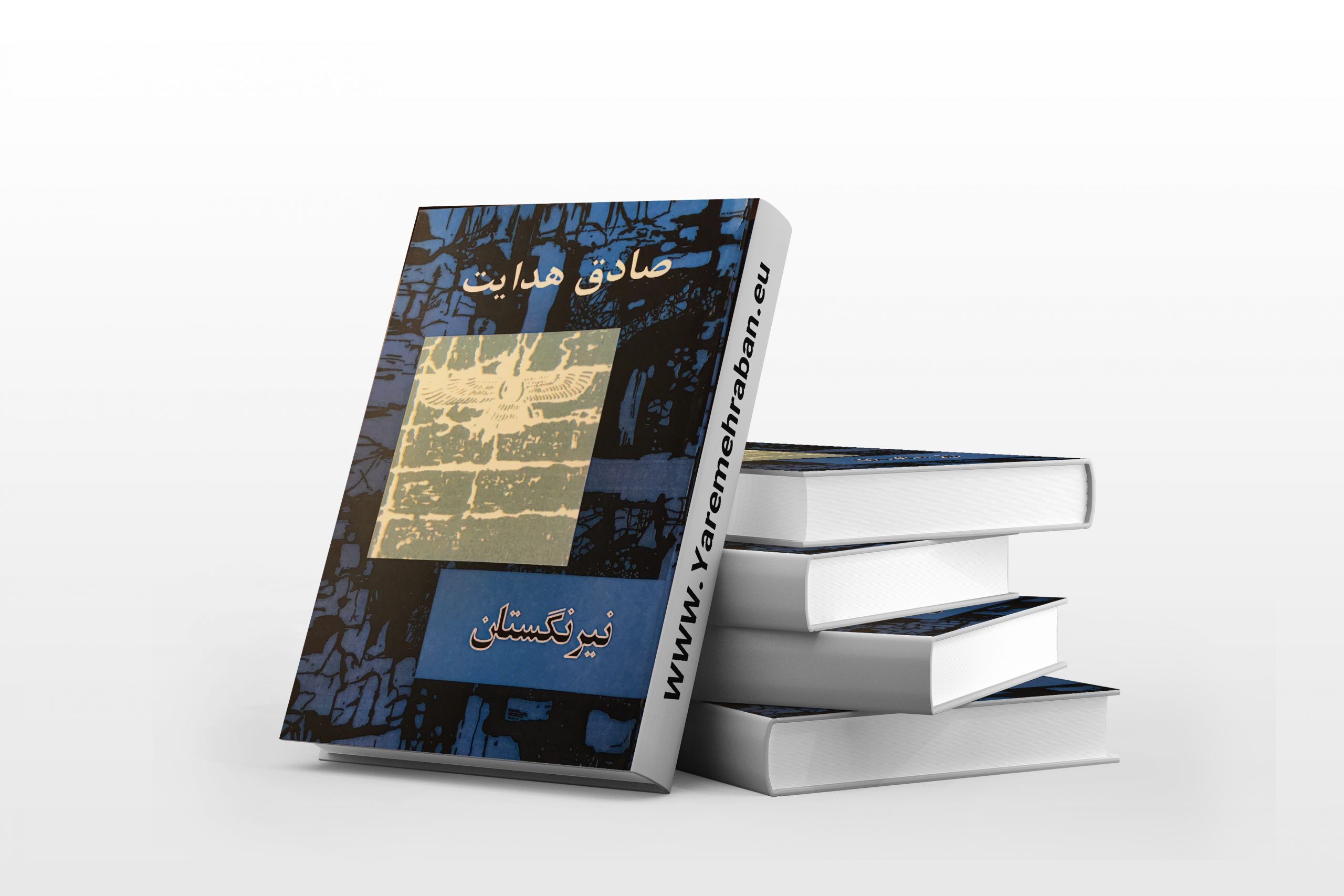



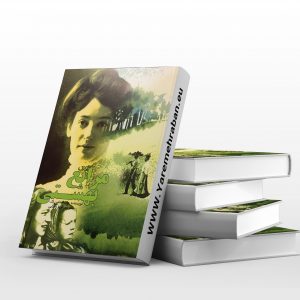

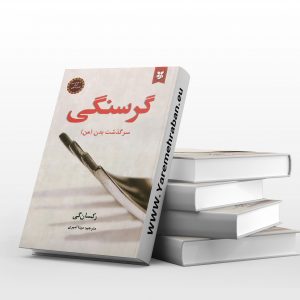

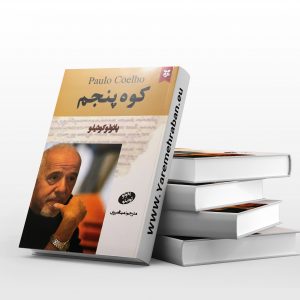
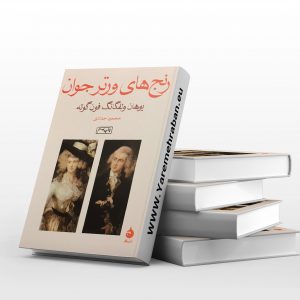



Reviews
There are no reviews yet.